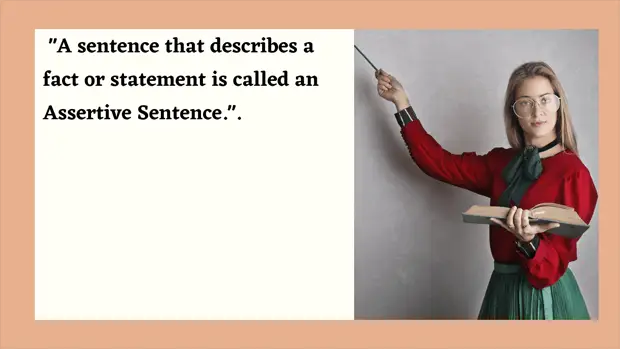Understanding long sentences in English can be challenging, especially for those who are still learning the language. But don’t worry; with practice and some useful tips, you can develop the skills to understand even the most complex sentences in English. This article will provide you with strategies that can assist you in understanding lengthy sentences in English.
1. Break the sentence down into smaller parts
Quick Navigation
One of the easiest ways to understand a long sentence is to break it down into smaller parts. It will help you make your task easy to understand any long sentence.
Look for commas and other punctuation marks that indicate where one part of the sentence ends, and another begins. Once you’ve identified these parts, try to understand each individually before putting them together to understand the whole sentence.
For example, consider the following sentence:
“After spending several hours at the beach, watching the waves crash against the shore, and feeling the warm sun on his face, John decided to swim.”
This sentence can be broken down into the following smaller parts:
– After spending several hours at the beach
– Watching the waves crash against the shore
– Feeling the warm sun on his face
– John decided to go for a swim
By understanding each of these parts individually, you can better understand the sentence as a whole.
2. Look for context clues
To understand lengthy sentences in English, it’s essential to examine the context in which they appear. This includes taking into account the preceding and succeeding sentences, along with the entire paragraph.
By analyzing contextual clues, you can gain valuable insights into the author’s objectives and enhance your understanding by getting more background information on complicated concepts.
Context clues can be incredibly helpful when trying to understand a long sentence. Look for words or phrases that provide clues about the sentence’s meaning. For example, if you see the word “because,” the sentence likely explains why something happened.
Consider this sentence:
“Because he had studied hard for the exam, Michael was confident that he would do well.”

The word “because” provides context for the sentence and helps you understand that Michael was confident because he had studied hard.
3. Identify the subject and verb
To understand any type of sentence in English, you have to point out the subject and verb of the sentence. In many cases, the subject and verb of a sentence will provide the most important information. But how do you identify the subject and verb in a sentence? Look for these elements to help you understand what the sentence is saying.
Consider this sentence:
“The dog chased the cat through the park, barking loudly.”

The subject of the sentence is “the dog,” and the verb is “chased.” This tells you that the sentence is about a dog that is chasing a cat.
4. Use visual aids
Sometimes, it can be helpful to use visual aids to understand a long sentence. So why don’t take advantage of any visual aids to comprehend your lengthy sentences? Draw a diagram or chart that shows the different parts of the sentence and how they relate to each other. This can help you see the sentence in a different way and understand it more easily.
Consider this sentence:
Tom was excited to explore its many museums, restaurants, and landmarks.”, “Although he had never been to New York City before”.
You could draw a diagram like this to help you understand the sentence:

5. Utilize Punctuation Marks
Punctuation marks serve as guideposts within sentences, helping to structure the information and indicate pauses or breaks. Pay close attention to punctuation marks such as commas, semicolons, and dashes. They often signal transitions, clarifications, or lists, which aid in organizing and understanding the content presented.
6. Enhance Vocabulary and Grammar Skills
Expanding your vocabulary and strengthening your grasp of grammar rules are fundamental to understanding long sentences. Regularly expose yourself to diverse reading materials and engage in language-learning activities. This exposure enables you to become familiar with various sentence patterns, idiomatic expressions, and nuanced language usage.
7. Seek Clarification
If you find it difficult to understand long sentences, asking for clarification is important. You can seek help from language instructors, join language forums, or refer to language resources. Interacting with individuals who have a good grasp of the English language can offer useful advice and strategies for understanding complex sentence structures.
8. Practice as much as You Can
With consistent practice, you can improve your ability to read and comprehend longer sentences in English. To achieve this, it’s helpful to read articles or books that contain lengthier sentences as you become more familiar with the language. As you progress, you’ll notice that understanding complex and lengthy sentences will become much more effortless for you.
Final Thoughts
Understanding long sentences in English can be challenging, but it’s not impossible. By breaking sentences down into smaller parts, looking for context clues, identifying the subject and verb, using visual aids, and practicing regularly, you can better understand even the most complex sentences. So don’t be afraid to tackle those long sentences; with a little practice, you’ll be able to understand them in no time!

Azizul Hakim is the founder & CEO of englishfinders.com. He is a passionate writer, English instructor, and content creator. He has completed his graduation and post-graduation in English language and literature.




